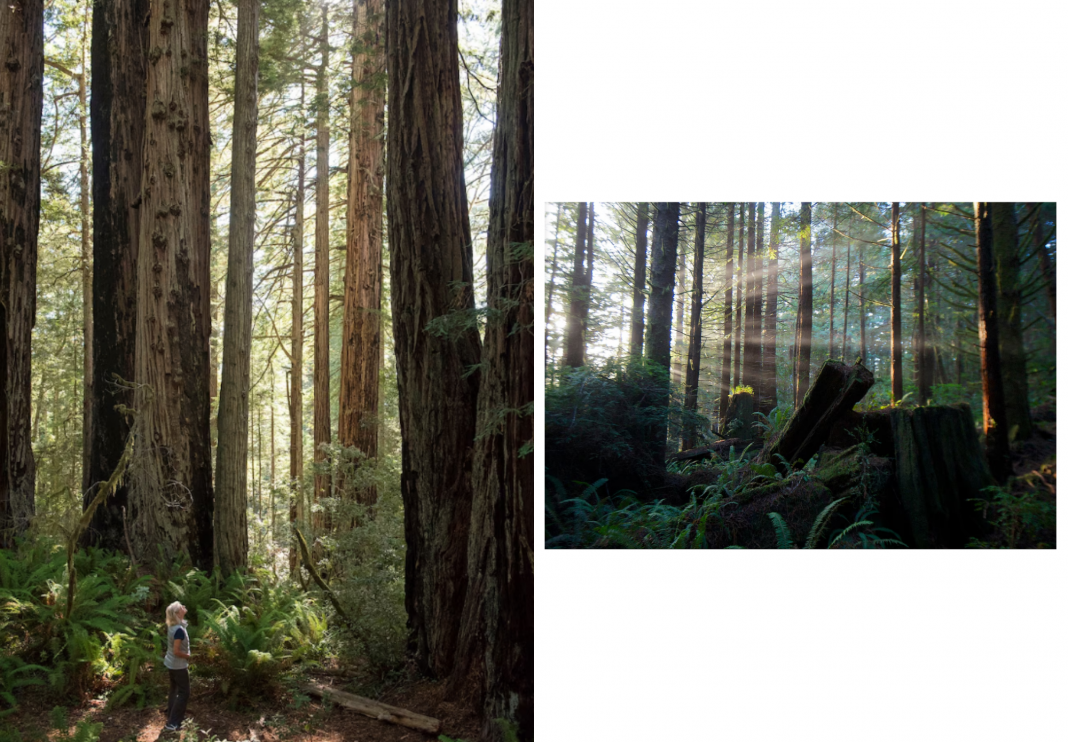Tucked away along the rugged coast of Northern California, Redwood National Park is a place of almost mythical proportions. It is a land where ancient giants pierce the sky, where a primeval silence reigns, and where the air is thick with the scent of pine and damp earth. This extraordinary park is home to the tallest trees on Earth, the awe-inspiring coastal redwoods, which stand as a living testament to a time long past. Beyond the towering forests, the park also encompasses vast prairies, oak woodlands, and a spectacular coastline, making it a place of incredible biodiversity and profound natural beauty. A visit here is more than just a trip; it is a pilgrimage to one of the planet’s last true wildernesses, a humbling and transformative experience that reminds us of the power and majesty of nature.
A History of Survival and Conservation

The coastal redwoods have a history that spans millions of years, having once grown throughout much of the Northern Hemisphere. Today, however, they are a rare sight, with their natural range limited to a narrow strip along the Pacific coast from Southern Oregon to Central California. The creation of Redwood National Park in 1968 was a crucial moment in the history of American conservation. For over a century, the ancient forests had been decimated by logging, with countless giants falling to the timber industry. The park, along with its surrounding state parks, was established to protect the last remaining old-growth redwood groves, ensuring their survival for future generations.

This history of struggle and preservation is what makes a visit to the park so poignant. You are not just walking through a forest; you are walking through a living history book, a testament to the resilience of nature and the power of human action. The park’s creation was a monumental effort, a collaboration between environmentalists, scientists, and government officials who recognized the urgent need to protect these irreplaceable giants. The park stands as a powerful symbol of what can be saved when we act with foresight and determination.
The Unique Ecosystem of the Redwood Forest
The redwood forest is a unique and complex ecosystem that thrives on the cool, wet climate of the Northern California coast. The constant fog, which rolls in from the Pacific Ocean, provides the trees with the moisture they need to grow to such incredible heights. The forest floor is a rich, dark tapestry of ferns, mosses, and other shade-loving plants that thrive in the deep, perpetual twilight beneath the canopy. The silence in the redwood groves is a unique experience, a profound quiet broken only by the sound of a distant bird call or the rustle of leaves in the wind.

The park is also home to a diverse array of wildlife. Roosevelt elk, one of the largest species of deer in North America, can be seen grazing in the park’s prairies and woodlands. Black bears, mountain lions, and a variety of bird species also call the park home. The park’s coastal areas are a haven for marine life, including seals, sea lions, and migrating gray whales. This incredible biodiversity is a testament to the fact that the park is more than just a collection of trees; it is a complete and thriving ecosystem.
A Pilgrimage for the Senses: What to See and Do
A visit to Redwood National Park is a pilgrimage for the senses, with an endless number of trails and activities to suit every type of traveler. The most popular activity is hiking, and the park offers a wide range of trails, from easy, accessible loops to challenging backcountry treks. The Tall Trees Grove is a must-see, home to some of the tallest trees in the world, including the “Hyperion,” which holds the record for the world’s tallest living tree. The park’s coastal trails offer spectacular views of the Pacific Ocean and are a perfect place to spot migrating whales.

Beyond hiking, visitors can also take a scenic drive through the park on the Newton B. Drury Parkway, a beautiful, winding road that takes you through some of the most impressive old-growth groves. For a more adventurous experience, you can go kayaking on the park’s rivers or take a scenic drive to the top of a coastal bluff for a breathtaking view of the forest and the ocean. No matter how you choose to explore the park, you will be left with a profound sense of awe and wonder.
The Call to Protect: A Legacy for the Future

Redwood National Park stands as a powerful reminder of the importance of conservation. It is a place that has been saved from the brink of destruction and is now thriving, a testament to the power of human action. The park’s mission is not yet complete, as scientists and conservationists continue to work to protect the redwoods from the threats of climate change and other environmental challenges. The park is an active living laboratory where researchers are studying the effects of a changing climate on these ancient trees.

Ultimately, a visit to Redwood National Park is more than just a vacation; it is an experience that connects you to the deep history of the planet and inspires a sense of stewardship for the natural world. It is a place that reminds us of our responsibility to protect these irreplaceable natural wonders, ensuring that they will continue to inspire awe and wonder for generations to come.



